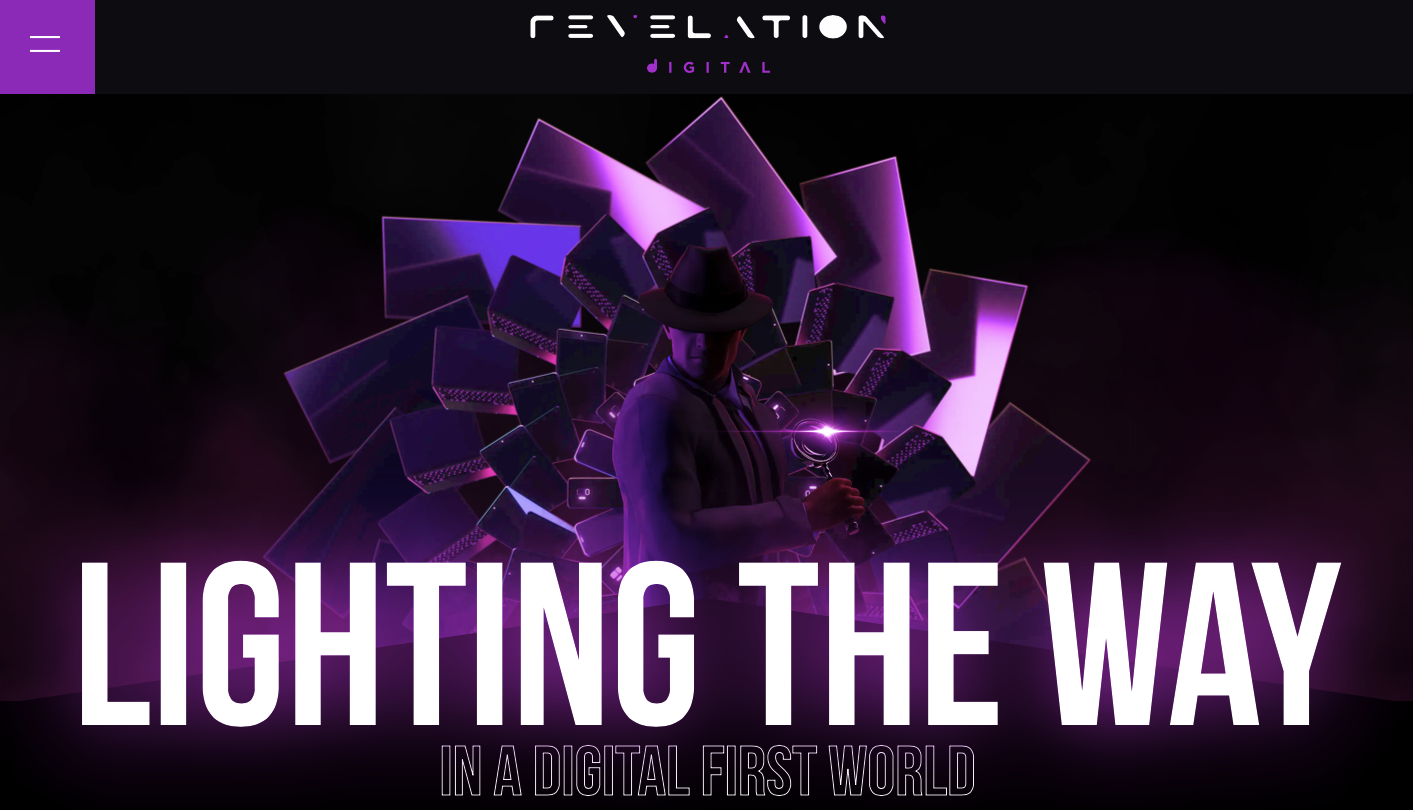Programmatic ad campaigns are becoming increasingly popular among digital marketers, allowing for precise targeting, optimization, and scalability. However, launching a successful programmatic campaign requires more than just plugging in some numbers and hitting go. To ensure you get the most out of your programmatic ad campaigns, keep the following eight key points in mind before starting.
Set Clear Goals
Whether you want to increase brand awareness, drive more website traffic, or generate leads, it’s important to know what you’re trying to achieve and how success will be measured. Establishing specific objectives and KPIs helps guide the development of effective strategies that can maximize long-term ROI. Additionally, setting measurable goals helps track progress and adjust as needed to ensure your campaigns achieve desired outcomes.
Consider Your Budget Carefully
A realistic budget allows you to determine how much money you can spend on the various elements of the campaign, including setting up campaigns, optimizing them over time, and paying for additional tools or services. Knowing your budget in advance will also help you decide which ad networks and platforms you can access. Different ad networks offer different rates and features, so it’s essential to understand your budget before committing to any specific network.
When budgeting, remember to factor in cost-per-click (CPC) or cost-per-mille (CPM). CPC is the amount you pay each time someone clicks on your ad, and CPM is the amount you pay for every 1,000 people who view your ad. Knowing how much you’re willing to spend per click or view will help determine the most cost-effective campaigns.
Know Your Audience
Knowing your target audience will help you choose platforms or channels that may be most effective for reaching them. Understanding their behaviors and interests can help shape creative messaging that resonates with them more effectively. To take full advantage of this capability, you must thoroughly understand your target audience. Research consumer demographics and psychographics, as well as their interests and behaviors, to create detailed personas that will inform better targeting. Additionally, consider using segmentation tactics to reach different audiences in unique ways according to their needs.
Keep the Human Touch in Mind

Although programmatic advertising offers many advantages over traditional methods, such as manual media buying, keeping the human touch in mind when creating a successful campaign strategy is still important. A data-driven approach should not replace creativity; instead, combine both elements for optimal success. Utilize creative teams from companies such as Revelation Digital who understand how data can be used effectively within ad formats/campaigns while keeping user experience in mind throughout each step of the process from concept through execution and beyond.
Additionally, engaging with human buyers and sellers can still be a great way to build relationships and ensure you get the best prices. While automation may take care of many aspects of programmatic buying, it still needs to replace the quality of conversations by working with real people. Human-to-human contact can make all the difference in creating tailored campaigns and optimizing strategies for maximum ROI.
Have User Friendly Landing Pages
These pages are key in ensuring that potential customers have a positive experience after clicking your ad. Having user-friendly landing pages is essential for keeping people engaged with your brand, website, or product. The design of your landing page should be simple, organized, and visually appealing. Be sure to include relevant information that is easily accessible and has clear calls to action.
Additionally, ensure the page is optimized for mobile devices; more than half of all web traffic comes from smartphones and tablets, so you want to ensure your landing page looks good on all devices. Use A/B testing to determine which designs and content work best for your audience. It will help you create the most effective landing pages possible.
Choose the Right Platform for Your Needs
Different networks offer varying features and capabilities that may be better suited for certain types of campaigns. For example, Google Ads is great for search engine-oriented campaigns, while Facebook Ads are best utilized for Facebook brand awareness campaign or driving website traffic.
Depending on your goals, you may need to use more than one platform to achieve them.
Look for platforms that provide the data necessary to create and optimize campaigns. These can include click-through rates (CTRs), conversion rates, and other metrics. Platforms like Google Ads have their analytics tools, while other third-party platforms offer advanced analytics capabilities that allow you to track, measure, and optimize campaigns for better ROI. Remember to research each platform’s minimum spend requirements to budget appropriately.
Make a Blocklist for Your Brand
A blocklist is an exclusion list that blocks ads from appearing on certain websites or pages that don’t align with your company’s values. You can create either a website-level or page-level blocklist and include any sites or content you don’t want your ads to appear on. This can be a great way to protect your brand from appearing in contexts that could hurt your reputation and negatively affect ROI. It’s also essential to create an approved list of websites, pages, and placements where you do want your ads to appear. It will help ensure your ads are seen in the most effective and appropriate locations.
Stay On Top of Your Metric and Be Flexible
As with any other marketing strategy, programmatic advertising requires constant monitoring and optimization to achieve the desired results. Automated bidding, which allows bids to be adjusted in real time depending on changes in the market or other signals, is also a great way to stay on top of things.
It’s important to be flexible and willing to change strategies when necessary. Test different approaches or experiment with new technology. Keep in mind that what works today might not work tomorrow. By staying open-minded and being willing to adjust your campaigns as needed, you’ll increase the chances of achieving long-term success.
These are just a few of the key strategies for successful programmatic advertising. With the right approach and a bit of experimentation, you can make your campaigns more effective and efficient, resulting in better ROI.


